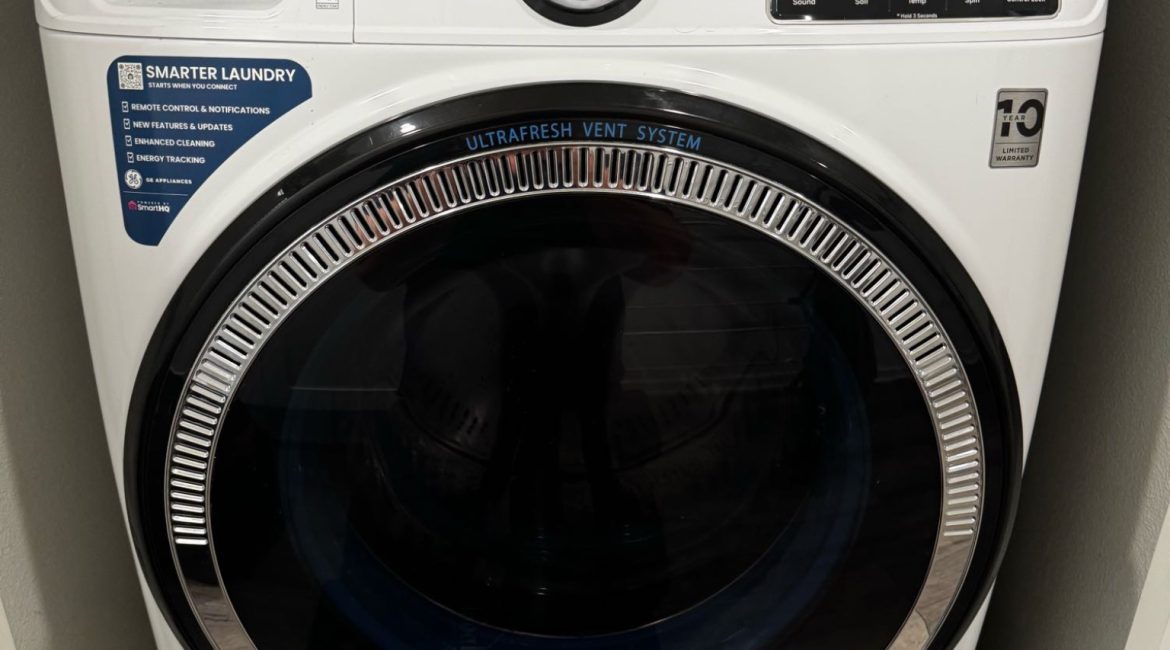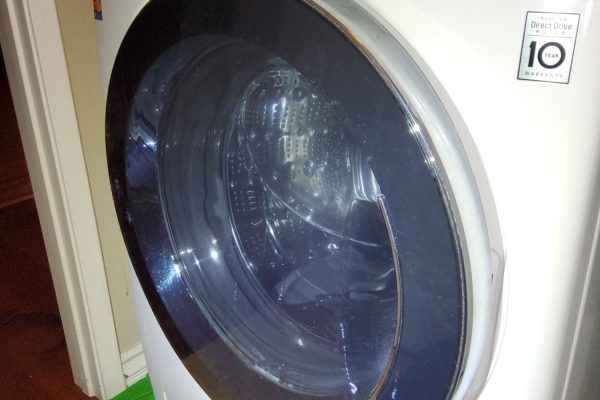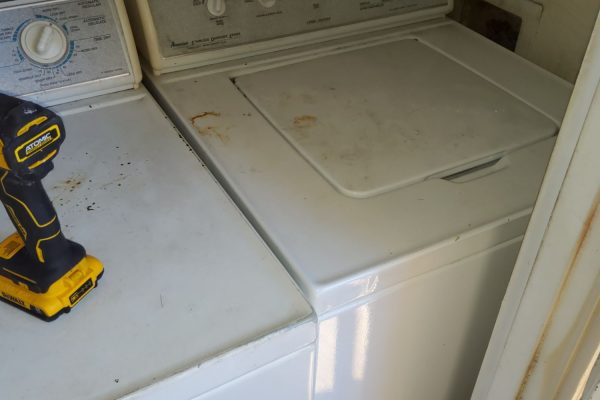When an appliance like your washing machine, refrigerator, or dishwasher suddenly displays an error code, it can be frustrating. These error codes often indicate underlying problems that may need to be addressed before they escalate into more serious issues. Understanding these codes can save you time, money, and unnecessary stress. In this article, we’ll explore the common error codes for various household appliances, what they mean, and how to handle them effectively.
Understanding Error Codes
Error codes are like a language for your appliances. They are programmed to display these codes to alert users when something isn’t functioning correctly. The exact meaning of these codes varies depending on the appliance brand and model, but there are several common codes that users often encounter.
Washing Machine Error Codes
Washing machines are a staple in modern homes, but they can experience malfunctions over time. Here are some common error codes for washing machines:
- F1 or E1 Error: This typically indicates a water inlet problem, meaning the washing machine is not filling with water properly. Possible causes include a clogged water inlet valve or a faulty water supply hose.
- F21 or E21 Error: This error signals a drainage issue, often due to a blocked drain pump filter or a clogged drain hose. In some cases, it could be a malfunctioning pump motor.
- F24 or E24 Error: A communication issue between the washing machine’s control board and other components, such as the pump or valve, could trigger this error.
Refrigerator Error Codes
Refrigerators are essential for keeping food fresh, so when something goes wrong, it’s important to address the issue quickly.
- Error Code 1F or EF: This often indicates a freezer temperature problem, where the freezer is too warm. It could be caused by a malfunctioning thermostat or issues with the evaporator fan.
- Error Code 4E or E4: A refrigerator error code that signals a water supply issue. This could be due to a blocked water filter, a kinked hose, or a malfunctioning water valve.
- Error Code SE or ESE: This could mean a problem with the control board or sensors in your refrigerator, which may require a professional diagnosis to determine the exact cause.
Dishwasher Error Codes
Dishwashers are essential for maintaining cleanliness and hygiene in the kitchen. Like other appliances, they can also show error codes to indicate potential issues.
- Error Code E1: This typically points to a water intake problem. The dishwasher may not be receiving enough water to function properly. A clogged inlet valve or hose could be the culprit.
- Error Code E4: This is usually a drainage problem, indicating that the dishwasher is not draining properly. It may be caused by a clogged drain hose or a malfunctioning pump.
- Error Code U1: This often appears when the dishwasher has trouble recognizing the cycle or setting you’ve chosen. It may be a communication error between the control board and the dishwasher’s components.
Dryer Error Codes
Dryers, especially tumble dryers, can show several error codes to indicate mechanical or electrical issues.
- Error Code E01 or F01: This indicates a problem with the door latch or sensor. If the door isn’t securely closed or the sensor is malfunctioning, the dryer may not start.
- Error Code E3 or F3: This error suggests that the dryer’s temperature sensor is faulty or disconnected. It may also mean the appliance has overheated or is not reaching the appropriate temperature.
General Troubleshooting Tips
When an error code appears on your appliance, here are a few general troubleshooting steps you can try:
- Consult the User Manual: The first thing you should do is consult the user manual that came with your appliance. Most manufacturers provide a list of error codes along with their meanings and troubleshooting steps.
- Turn Off and Reset: Often, a simple reset can fix minor issues. Unplugging the appliance for a few minutes and plugging it back in may help resolve the error code.
- Check for Blockages: In many cases, error codes are caused by blockages in hoses, filters, or vents. Check for any visible clogs and remove them to see if it fixes the issue.
- Contact a Professional: If the error persists or the issue seems complex, it’s best to call a professional. Attempting to repair the appliance yourself can lead to further damage.
Dealing with error codes on your appliance can be time-consuming and overwhelming. If you’ve tried troubleshooting and the problem persists, don’t hesitate to call the professionals at Poway Appliance Repair Service Center. Our experienced technicians are ready to help you diagnose and fix the issue quickly and efficiently. Contact us today and get your appliance running like new!
Contact us


